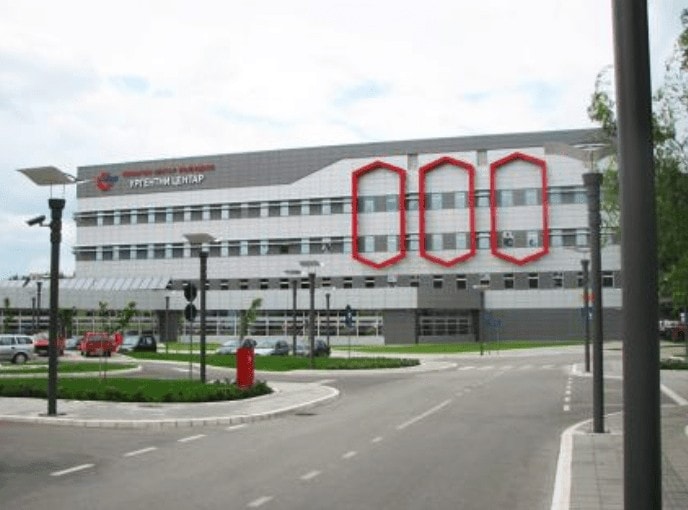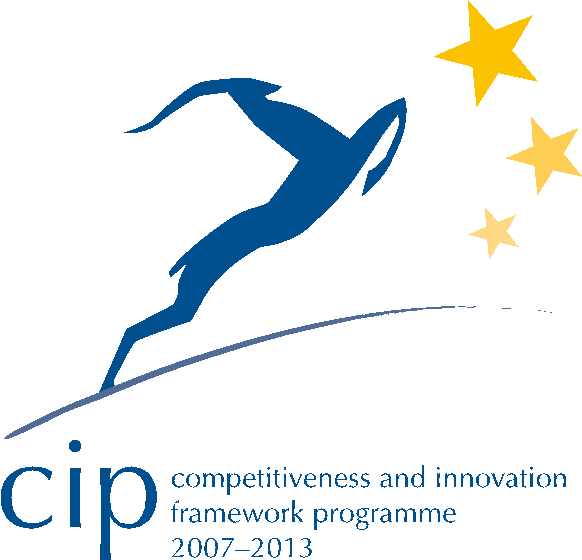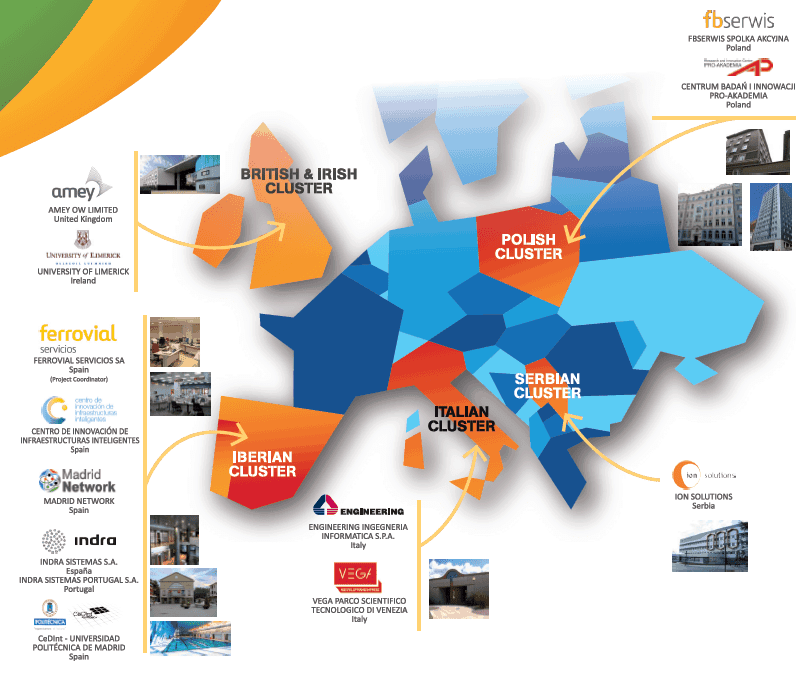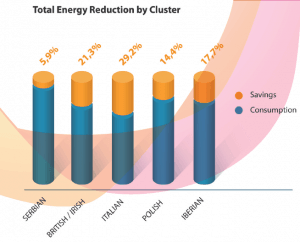
Results of TEDS4BEE project: How to achieve energy savings and sustainability in buildings.
23 of July of 2015
Co-financed with European Commission funds, within the CIP programme (Competitiveness and Innovation framework Programme), the TEDS4BEE Project, which has been running for two and a half years, having got underway in February 2013, is now coming to the end of its phase of analysis of the data recorded in the 16 pilot buildings, and is obtaining extremely interesting and encouraging results regarding the results of the energy efficiency measures, modelled using Ferrovial Servicios EMMOS software and implemented by the project team.
The consortium of enterprises working on the TEDS4BEE project is led by Ferrovial Servicios, and includes 13 companies and organisations from six European countries: Serbia, Poland, Italy, UK, Spain and Portugal.
The clear objective that TEDS4BEE put forward was that of energy saving and maximising sustainability in public buildings of all types and uses, across a range of geographic locations and, as such, with different climate conditions and cultural user habits. To this end an energy management software developed by Ferrovial Servicios called EMMOS has been used, which was introduced into all of the buildings, with energy metres, meteorological information services and so on all becoming an integrated part of the control system in those cases where the building disposed of one.
Results of the TEDS4BEE project
The results, and not because they were expected as such, are really quite positive, and in some cases even spectacular.
In terms of energy, of the total of 16 buildings, savings of 15.3% (almost 2 million KWH) have been registered. Furthermore, this consumption saving has translated into a reduction in CO2 emissions into the atmosphere, amounting to 11.8%.
In the working process the same steps have been followed for each building:
- Firstly an observation of energy behaviour in the building using the EMMOS Digital Service.
- Next comes the proposal of energy efficiency measures tailored to each building, and the introduction of the measures chosen depending on the property’s criteria.
- Finally an impact and saving study of said measures.
The conclusions we have come to following these 30 months of work are:
All buildings have the potential to save energy.
Although it may seem to us that a building, being a recent construction with new facilities and, in theory, energy efficient, does not leave any margin for further savings or for improving efficiency, experience has shown us that in these cases there is always a margin for possible savings.
For example in Novi Sad hospital in Serbia, built in 2008 and boasting innovative, modern and theoretically highly efficient facilities in terms of energy use, we achieved a drop of 6% in energy consumption during the period of study compared to the baseline period.
Cost-free actions can also produce savings.
All of the actions carried out have been at zero cost. In an economically difficult context, such as that we are experiencing at global level, this seems a fairly effective way of bringing about significant cost reductions. Evidently, in order to do so it is not enough to introduce a software, you also need to apply the know-how that Ferrovial Servicios has accumulated in its Energy Services contracts, and understand the analysis and figures recorded by EMMOS as a tool for analysis and the modelling of energy behaviour.
Energy efficiency is a job for everyone.
From user to property owner (charged with making decisions regarding the measures put forward and those that are adopted), via the energy manager (in direct contact with facilities and staff) and, of course the building’s end-user (largely responsible for the consumption generated), all of these agents must walk hand-in-hand and each is partly responsible for the use or abuse of the buildings’ energy resources. We are all responsible, and at the same time we all benefit from the savings that are achieved.
The overall results have been really very positive, and the project has attained all of its proposed objectives. EMMOS has shown itself to be a key tool in energy management and able, in the right hands, to provide real models which make real savings possible, and it is as such that we at Ferrovial Servicios are promoting the necessary actions for this tool to be rolled out for our clients, the real benefactors of the innovations undertaken by our company.










There are no comments yet